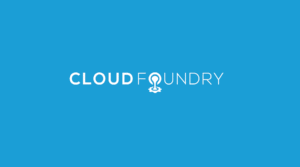There is a point in the life of every IT professional when they feel they must choose between their favorite technologies. However, thanks to the interoperability of Cloud Foundry and Kubernetes, cloud-native IT professionals are not forced to choose one over the other. These two technologies complement each other, enabling users to do more.
There are many IT professionals like Matthias Haeussler, a Managing Consultant at NovaTec Consulting GmbH, who uses both technologies as part of his workflow. There are many more who are planning to implement both in the near future. At Cloud Foundry Summit in Boston, Haeussler outlined the clear differences between Kubernetes and Cloud Foundry and the ways in which they interact with each other to provide the best solutions.
Instead of running them side by side or on top of each other, Haeussler went for isolated comparison, without any vendor-specific add-on, with the primary focus being the actual end-user experience. When a user wants to bring an application to the cloud, there are certain things she must consider: how the app is deployed, what happens when the app crashes, how auto-scaling and logging work, how to bring services to the app, and how to patch them without downtime.
Not only did Haeussler provide his audience with a high-level overview of Cloud Foundry and Kubernetes, but he also gave a very detailed demo, where he deep dived into explaining the difference between the two. In a nutshell? Kubernetes offers control but Cloud Foundry makes things easier.
You can watch the entire talk on the Cloud Foundry Summit playlist.




